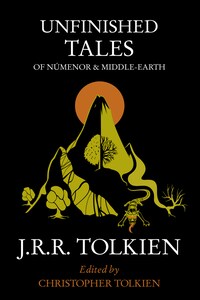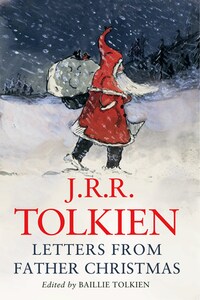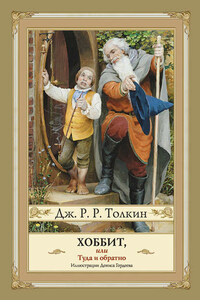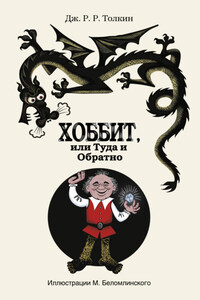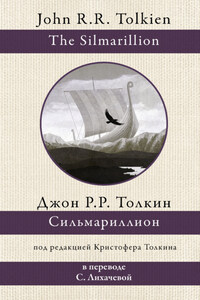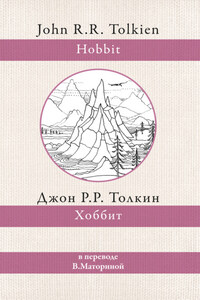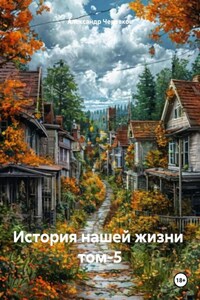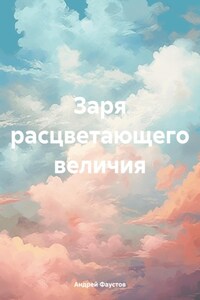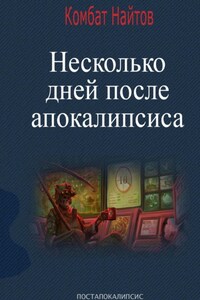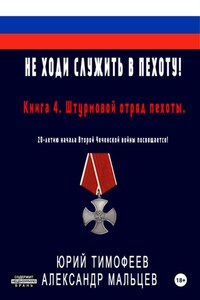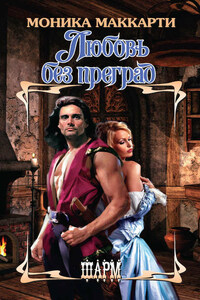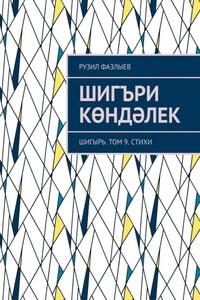UNFINISHED TALES
of Númenor and Middle-earth
BY
J.R.R. TOLKIEN
Edited by Christopher Tolkien
Copyright
HarperCollinsPublishers Ltd.
1 London Bridge Street
London SE1 9GF
www.harpercollins.co.uk
www.tolkien.co.uk
This edition 1998
First published in Great Britain by George Allen & Unwin 1980
Copyright © The J.R.R.Tolkien Copyright Trust and C.R.Tolkien 1980
and ‘Tolkien’ ® are registered trademarks of The J. R. R. Tolkien Estate Limited
All rights reserved under International and Pan-American Copyright Conventions. By payment of the required fees, you have been granted the non-exclusive, non-transferable right to access and read the text of this ebook on-screen. No part of this text may be reproduced, transmitted, down-loaded, decompiled, reverse engineered, or stored in or introduced into any information storage and retrieval system, in any form or by any means, whether electronic or mechanical, now known or hereinafter invented, without the express written permission of HarperCollins ebooks
HarperCollinsPublishers has made every reasonable effort to ensure that any picture content and written content in this ebook has been included or removed in accordance with the contractual and technological constraints in operation at the time of publication
Source ISBN: 9780261103627
Ebook Edition © MARCH 2009 ISBN: 9780007322572 Version: 2017-10-26
Unfinished Tales of Númenor and Middle-earth is a collection of narratives ranging in time from the Elder Days of Middle-earth to the end of the War of the Ring, and comprising such various elements as Gandalf’s lively account of how it was that he came to send the Dwarves to the celebrated party at Bag-End, the emergence of the sea-god Ulmo before the eyes of Tuor on the coast of Beleriand, and an exact description of the military organisation of the Riders of Rohan. The book contains the only story that survived from the long ages of Númenor before its downfall, and all that is known of such matters as the Five Wizards, the Palantíri, or the legend of Amroth.
Writing of the Appendices to The Lord of the Rings J. R. R. Tolkien said in 1955: ‘Those who enjoy the book as a “heroic romance” only, and find “unexplained vistas” part of the literary effect, will neglect the Appendices, very properly.’ Unfinished Tales is avowedly for those who, on the contrary, have not yet sufficiently explored Middle-earth, its languages, its legends, its politics, and its kings.
Christopher Tolkien has edited and introduces this collection. He has also redrawn the map for The Lord of the Rings to a larger scale and reproduced the only map of Númenor that J. R. R. Tolkien ever made.
It has been necessary to distinguish author and editor in different ways in different parts of this book, since the incidence of commentary is very various. The author appears in larger type in the primary texts throughout; if the editor intrudes into one of these texts he is in smaller type indented from the margin (e.g. p. 380). In The History of Galadriel and Celeborn, however, where the editorial text is predominant, the reverse indentation is employed. In the Appendices (and also in The Further Course of the Narrative of ‘Aldarion and Erendis’, pp. 264 ff.) both author and editor are in the smaller type, with citations from the author indented (e.g. p. 198).
Notes to texts in the Appendices are given as footnotes rather than as numbered references; and the author’s own annotation of a text at a particular point is indicated throughout by the words ‘[Author’s note]’.
The problems that confront one given responsibility for the writings of a dead author are hard to resolve. Some persons in this position may elect to make no material whatsoever available for publication, save perhaps for work that was in a virtually finished state at the time of the author’s death. In the case of the unpublished writings of J. R. R. Tolkien this might seem at first sight the proper course; since he himself, peculiarly critical and exacting of his own work, would not have dreamt of allowing even the more completed narratives in this book to appear without much further refinement.
On the other hand, the nature and scope of his invention seems to me to place even his abandoned stories in a peculiar position. That The Silmarillion should remain unknown was for me out of the question, despite its disordered state, and despite my father’s known if very largely unfulfilled intentions for its transformation; and in that case I presumed, after long hesitation, to present the work not in the form of an historical study, a complex of divergent texts interlinked by commentary, but as a completed and cohesive entity. The narratives in this book are indeed on an altogether different footing: taken together they constitute no whole, and the book is no more than a collection of writings, disparate in form, intent, finish, and date of composition (and in my own treatment of them), concerned with Númenor and Middle-earth. But the argument for their publication is not different in its nature, though it is of lesser force, from that which I held to justify the publication of
